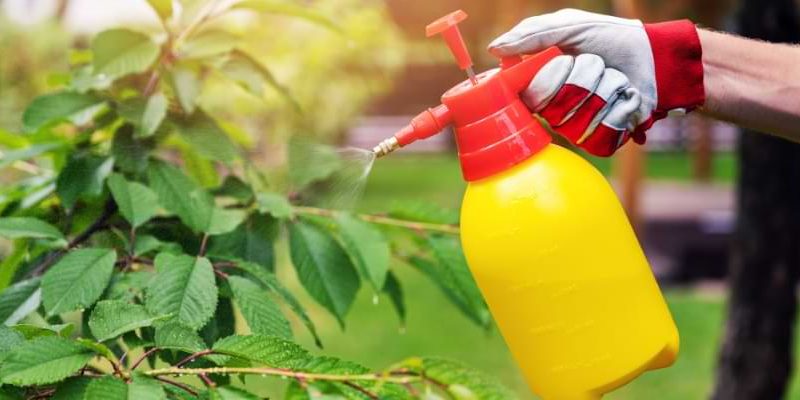Keeping trees healthy is of the highest priority when it comes to landscape maintenance. Unaware of the dangers they bring, homeowners frequently face the difficulties caused by common tree diseases. We at Timber Kings Tree Service know how important it is to remove unhealthy trees while yet maintaining the aesthetic value of your property. Discover the subtle but substantial influence of common tree diseases on the need for removal as we explore their world today.
Table Of Content
Common Tree Diseases Unveiled
Diseases can affect trees just as they can any other living thing. These diseases can sneak up on your once-thriving landscape, like the infamous Dutch elm disease or the elusive oak wilt. In order to stop the fast spread and possible repercussions of tree diseases, it is necessary to recognize their early indicators.
Identifying DED and its Devastating Consequences
Dutch Elm Disease, caused by the fungus Ophiostoma novo-ulmi, is notorious for its devastating impact on elm trees. As the disease progresses, it obstructs the tree’s water-conducting vessels, leading to wilting, yellowing foliage, and ultimately, death. Our arborists at Timber Kings Tree Service emphasize prompt action to prevent the spread of DED and the necessity of removal in severe cases.
Oak Wilt’s Subtle Onset and the Need for Swift Removal
Oak Wilt, caused by the fungus Ceratocystis fagacearum, poses a significant threat to oak trees. It spreads through interconnected root systems and sap-feeding beetles, affecting the tree’s ability to transport water. As symptoms may not manifest until the disease is advanced, early detection is challenging. Timber Kings Tree Service advocates for regular inspections to identify Oak Wilt and address removal promptly.
How Tree Diseases Lead to Removal
While preserving the natural beauty of your landscape is a priority, the presence of diseased trees can compromise the entire ecosystem. The interconnected nature of tree root systems allows diseases to spread quickly, making the decision to remove affected trees paramount for the overall health of your green haven.
Tree Diseases Exacerbated by Storm Damage
Storm-damaged trees become vulnerable hosts for diseases, providing an entry point for pathogens. Timber Kings Tree Service specializes in emergency tree removal, addressing both storm damage and the potential threat of disease spread. Swift action is crucial to prevent further harm to your landscape.
Strategic Removal to Safeguard the Arboreal Community
In cases where a diseased tree is beyond recovery, strategic removal becomes a necessity. Timber Kings Tree Service employs arborists skilled in assessing the overall health of the surrounding trees, ensuring the containment of diseases and preserving the vitality of the entire landscape.
Final Thoughts
As guardians of your arboreal haven, understanding the impact of common tree diseases is paramount. Timber Kings Tree Service stands ready to assess, diagnose, and address the threat posed by these silent arboreal killers. Remember, early detection and professional intervention can safeguard not only individual trees but the entire splendor of your green sanctuary. Let us embark on a journey together to preserve the vitality of your landscape.
FAQ’s
Look out for signs such as wilting leaves, unusual discoloration, cankers, or abnormal growth patterns. If you notice any of these symptoms, it’s advisable to seek a professional assessment from Timber Kings Tree Service.
The approach varies based on the disease and its severity. While some diseases can be managed with proper care, others may necessitate removal, especially when the safety of the surrounding environment is at risk.
Delaying removal can lead to the rapid spread of diseases to neighboring trees, posing a greater risk to the overall health of your landscape. Additionally, weakened trees are more susceptible to storm damage, creating potential hazards.
Regular tree inspections and maintenance practices, such as pruning and proper watering, can significantly reduce the risk of diseases. However, some diseases may be unavoidable, emphasizing the importance of early detection.







